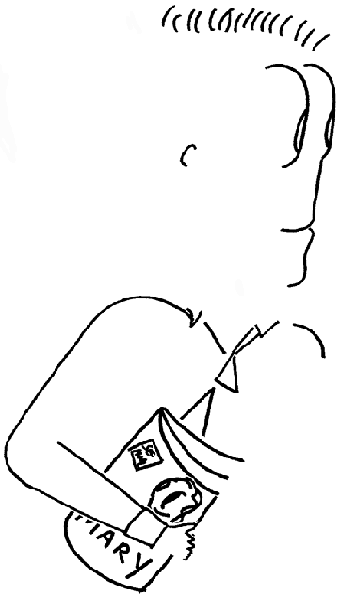I'm happy that he has found love with Australian lawyer Mary Donaldson. She's seems to be a lovely women - although, Mary, it isn't really fair to go running back to your sunny homeland during the worst months of the Danish winter.
It seems that the only thing Mary still needs to work on is her command of Danish, and anecdotal reports indicate she is struggling. Every foreigner in Denmark sympathises with her. Danish, to a newcomer, can be overwhelming.
So let me offer a solution: I'll teach Mary Danish. Having been in Denmark for more than two years now, I speak it reasonably well, except when a policeman stops me on my bicycle, upon which time I speak only very complicated English. But most of the time, at work and at parties and while trying to get the immigration department to let me stay here and pay more even Danish taxes, I speak Danish.
